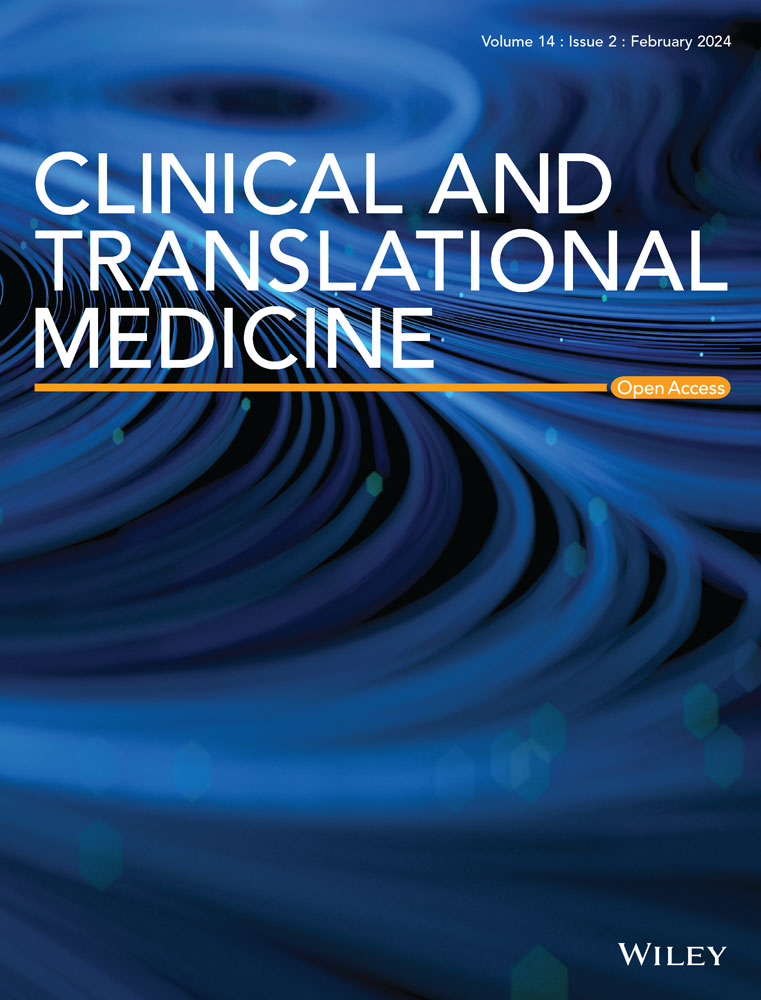Immunoregulatory programs in anti-N-methyl-D-aspartate receptor encephalitis identified by single-cell multi-omics analysis
Abstract
Background
Anti-N-methyl-D-aspartate receptor encephalitis (anti-NMDARE) is a prevalent type of autoimmune encephalitis caused by antibodies targeting the NMDAR's GluN1 subunit. While significant progress has been made in elucidating the pathophysiology of autoimmune diseases, the immunological mechanisms underlying anti-NMDARE remain elusive. This study aimed to characterize immune cell interactions and dysregulation in anti-NMDARE by leveraging single-cell multi-omics sequencing technologies.
Methods
Peripheral blood mononuclear cells (PBMCs) from patients in the acute phase of anti-NMDARE and healthy controls were sequenced using single-cell joint profiling of transcriptome and chromatin accessibility. Differential gene expression analysis, transcription factor activity profiling, and cell-cell communication modeling were performed to elucidate the immune mechanisms underlying the disease. In parallel, single-cell B cell receptor sequencing (scBCR-seq) and repertoire analysis were conducted to assess antigen-driven clonal expansion within the B cell population.
Results
The study revealed a significant clonal expansion of B cells, particularly plasma cells, in anti-NMDARE patients. The novel finding of type I interferon (IFN-I) pathway activation suggests a regulatory mechanism that may drive this expansion and enhance antibody secretion. Additionally, activation of Toll-like receptor 2 (TLR2) in myeloid cells was noted, which may connect to tumor necrosis factor-alpha (TNF-α) secretion. This cytokine may contribute to the activation of B and T cells, thereby perpetuating immune dysregulation.
Conclusions
This study presents a comprehensive single-cell multi-omics characterization of immune dysregulation in anti-NMDARE, highlighting the expansion of B cell and the activation of the IFN-I and TLR2 pathways. These findings provide deeper insights into the molecular mechanism driving the pathogenesis of anti-NMDARE and offer promising targets for future therapeutic intervention.
Key points
- Significant B cell clonal expansion, particularly in plasma cells, driven by antigen recognition.
- IFN-I pathway activation in plasma cells boosts their antibody production and potentially exacerbates immune dysregulation.
- TLR2 pathway activation in myeloid cells contributes to TNF-α secretion and could influence adaptive immune responses.


 求助内容:
求助内容: 应助结果提醒方式:
应助结果提醒方式:


